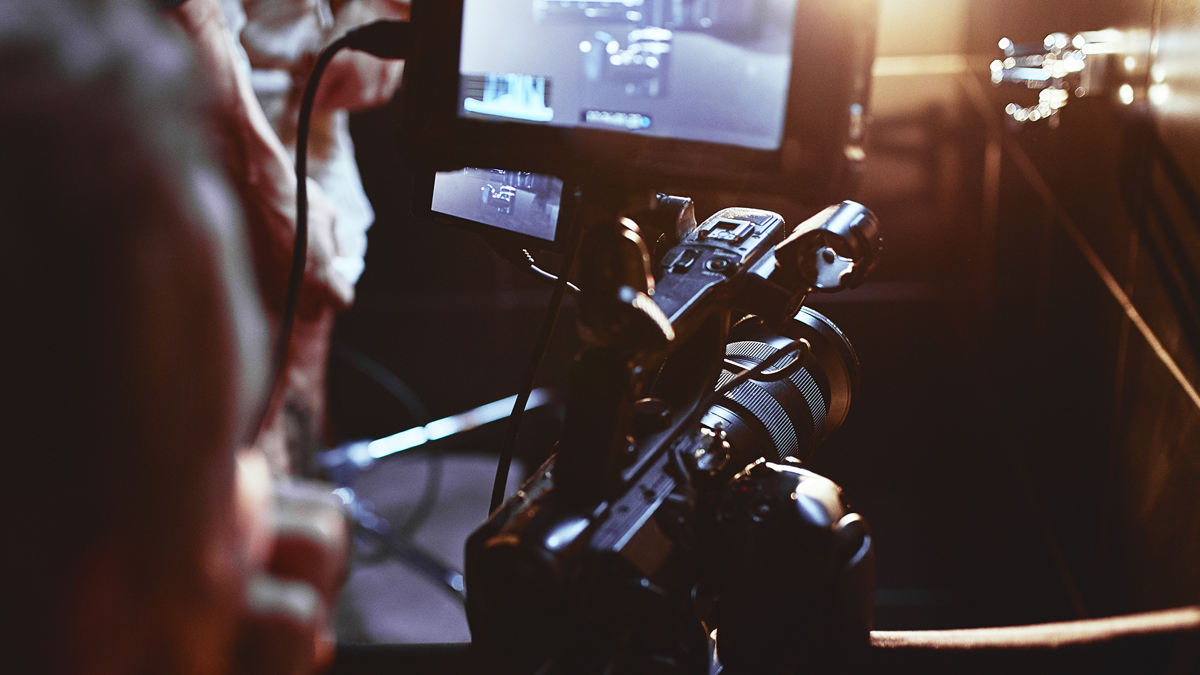Virtual production is revolutionizing cinema by merging cutting-edge digital tools with live-action filmmaking. Unlike traditional shoots that rely on physical sets and lengthy post-production, virtual production enables real-time visualization, on-set adjustments, and seamless collaboration across locations. By comparing eleven critical workflows from rendering and lighting to asset management and sustainability metrics this article highlights how digital techniques enhance creative control, reduce costs, and promote fast, flexible decision-making. Either you are a filmmaker, VFX artist, or producer, understanding these contrasts will help you leverage virtual production’s advantages while appreciating the strengths of conventional methods.
| Table of Contents | |
|---|---|
| I. | Real-Time Rendering & Interactive Visualization vs. Offline Post-Production |
| II. | LED Volume Stages & In-Camera VFX vs. Green-Screen Compositing |
| III. | Precision Camera & Motion Tracking vs. Traditional Camera Movement Techniques |
| IV. | Virtual Art Department Previsualization vs. Physical Set Prototyping |
| V. | Live On-Set Color Pipeline Integration vs. Sequential Color Timing |
| VI. | Multi-User Cloud-Based Collaboration vs. Departmental Handoff Workflows |
| VII. | Dynamic Lighting Simulation vs. Practical Set Lighting |
| VIII. | Asset Management & Reusability vs. One-Off Practical Builds |
| IX. | AI-Assisted Asset Generation & Procedural Content vs. Manual Set Fabrication |
| X. | Real-Time Decision-Making & Creative Iteration vs. Rigid Production Schedules |
| XI. | Cost, Time & Sustainability Metrics: Virtual Production ROI vs. Traditional Filmmaking Economics |
Real-Time Rendering & Interactive Visualization vs. Offline Post-Production
Real-time rendering and interactive visualization allow filmmakers to see CGI composited with live action instantly on set. Directors and cinematographers can adjust lighting, camera angles, and digital effects in real time, leading to faster creative decisions and fewer surprises. In contrast, offline post-production workflows require shooting raw footage first, then sending it to VFX houses and editors. This sequential process can take weeks or months, with limited opportunities for on-the-fly changes, often leading to costly revisions if adjustments are needed after principal photography.
LED Volume Stages & In-Camera VFX vs. Green-Screen Compositing
LED volume stages use large high-resolution LED walls to display virtual backgrounds and environments in camera. This technique captures realistic reflections and interactive lighting on actors and props, reducing keying artifacts and improving immersion. By contrast, green-screen compositing involves filming talent against solid-color backgrounds, which must be replaced in post-production. This can lead to color spill, inconsistent lighting, and longer editing times. Green-screen relies heavily on accurate chroma keying and manual rotoscoping to blend live action with digital elements later in the pipeline.
Precision Camera & Motion Tracking vs. Traditional Camera Movement Techniques
Precision camera and motion tracking systems use sensors and markers to synchronize real cameras with virtual environments. These setups allow for seamless integration of CG elements that move naturally with the camera, enabling complex shots like wireframe visualizations and dynamic parallax effects. Traditional camera movement techniques, such as cranes, dollies, and Steadicams, capture physical motion but require separate data tracking if visual effects are added later. This can introduce mismatches between live footage and digital elements, often necessitating manual keyframe alignment in post-production.
Virtual Art Department Previsualization vs. Physical Set Prototyping
Virtual art departments leverage digital tools and game engines to create previsualizations, allowing directors and designers to explore set layouts, camera angles, and lighting before construction. These virtual mockups can be shared and updated instantly, reducing the need for costly physical models. In contrast, physical set prototyping involves building scaled mockups or full-size sections, which take more time and resources. Any design changes require rebuilding or modifying these prototypes, leading to delays and increased labor costs compared to the flexible iterations possible in a digital environment.
Live On-Set Color Pipeline Integration vs. Sequential Color Timing
Live on-set color pipeline integration embeds color grading directly into the shoot by applying lookup tables (LUTs) and HDR workflows in real time. Cinematographers can preview the final look on monitors and adjust exposure, contrast, and color saturation before wrapping a scene. Traditional sequential color timing happens after principal photography, where editors pass footage to a colorist who shapes the final palette in a dedicated suite. This separation can lead to mismatches between the director’s vision and on-set lighting, requiring revision rounds to align results.
Multi-User Cloud-Based Collaboration vs. Departmental Handoff Workflows
Multi-user cloud-based collaboration platforms enable art, VFX, and editorial teams to work on the same project files in parallel, regardless of location. Real-time file syncing, version control, and shared virtual environments foster immediate feedback and faster creative cycles. Traditional departmental handoff workflows follow a linear process: one team completes its task before passing assets to the next department, which can introduce bottlenecks and communication gaps. This siloed approach often delays approvals and increases the risk of misaligned creative direction as the project progresses through distinct stages.
Dynamic Lighting Simulation vs. Practical Set Lighting
Dynamic lighting simulation tools within game engines recreate natural and artificial light sources, including shadows, reflections, and global illumination. Filmmakers can adjust intensity, color temperature, and bounce in a virtual environment and preview changes live. Practical set lighting relies on physical fixtures, gels, and manual rigging to shape the scene’s look on set. While hands-on setups offer real-world texture and spontaneity, modifying practical lighting often requires time-consuming adjustments and coordinating lighting crews, limiting rapid experimentation compared to simulated digital lighting.
Asset Management & Reusability vs. One-Off Practical Builds
Virtual production relies on centralized asset management systems that store 3D models, textures, and animations in libraries. Teams can tag, version, and repurpose these digital assets across multiple scenes and projects, reducing redundancy and speeding up workflows. In traditional filmmaking, practical builds are often created for specific scenes or films and then dismantled. Physical sets, props, and costumes have limited reuse potential, requiring new fabrication for each project. This one-off approach increases material waste and costs, while digital reusability promotes sustainable production practices.
AI-Assisted Asset Generation & Procedural Content vs. Manual Set Fabrication
AI-assisted asset generation uses machine learning and procedural algorithms to create textures and 3D models rapidly. Artists feed simple inputs or sketches into AI tools, which produce high-quality assets that can be customized. Procedural content workflows generate variations based on rules and parameters, enabling endless creative options. Manual set fabrication depends on skilled craftsmen building props and sets by hand, which takes longer and incurs higher labor costs. While manual work offers detailed artistic control, it lacks the speed and scalability of AI-driven methods.
Real-Time Decision-Making & Creative Iteration vs. Rigid Production Schedules
Real-time decision-making in virtual production empowers directors and crews to test story ideas, camera setups, and visual effects on the spot. By inspecting the integrated live composite, teams can iterate shots, adjust performances, and refine creative elements without waiting for post. Rigid production schedules in traditional filmmaking often lock in decisions before wrap, with limited room for spontaneous changes. Late revisions may require costly reshoots or complex post adjustments, increasing stress on budgets and timelines, and reducing overall flexibility compared to a digital-first workflow.
Cost, Time & Sustainability Metrics: Virtual Production ROI vs. Traditional Filmmaking Economics
Virtual production requires upfront investment in LED stages, real-time engines, and cloud services, but can deliver strong ROI through reduced location fees, shorter shoot schedules, and lower travel costs. Digital workflows minimize material waste by reusing assets and avoiding physical set builds. Traditional filmmaking economics often include high costs for set construction, on-location logistics, and extended post-production, with carbon-intensive processes like shipping and disposal. By tracking metrics such as setup time, resource consumption, and reuse rates, producers can measure sustainability gains and cost savings unique to virtual production environments.

